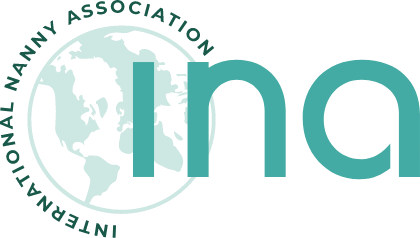INA member Louise Dunham, founder of the Australian nanny agency Placement Solutions, shares the actions her agency is taking to insure safe childcare. This is the second in a two part series.
 Child abuse indicators
Child abuse indicators
*The following is an extract from the Placement Solutions Child Protection Policy.
Signs that child abuse is or has occurred may vary, as children express their distress, worry, confusion or overwhelmed feelings and experiences in different ways. Further, children will often communicate how they are feeling through their behavior, so parents and caregivers need to understand the reason behind any changes in a child’s behavior or moods. Children may show confusion and distress through ‘acting out’ feelings and experiences, or may ‘switch off,’ appear vague, be disconnected, or unable to listen or concentrate.
The following non-exhaustive list of potential indicators of physical abuse that may surface through children’s behavior and play, depending on the type of abuse experienced. (The full policy includes indicators of sexual abuse, emotional abuse and neglect.)
Physical abuse:
- An explanation of an injury that doesn’t make sense.
- A child seems wary of particular adults.*
- A child reacts quickly to any raised voice or signs of anger.
- A child is always wanting to please or be affectionate with anyone or everyone.*
- The child stays close to the person in the group who seems to be in charge or have the most power.*
- Extremes of behavior: aggressive or withdrawn.*
- Wearing the wrong type of clothing for the weather, which may indicate they are hiding marks or other injuries.
* This denotes indicators which may surface irrespective of the type of abuse involved.
When looking for signs of child abuse it is important not to jump to conclusions too quickly. This list therefore needs to be carefully interpreted to avoid over- or under-reaction. There will usually be a few of these signs together. Some are easier to notice than others, and some are signs that can be relevant to all forms of abuse. It is important to check for a reasonable explanation for any physical or behavioral changes. Use your common sense and instincts along with your knowledge of the particular child. Think about what is reasonable to expect from children at different ages and developmental stages.
Related:
Nanny Agency Action on Child Protection: Part 1National Child Protection Week (Australia)
National Child Abuse Prevention Month (U.S.)
